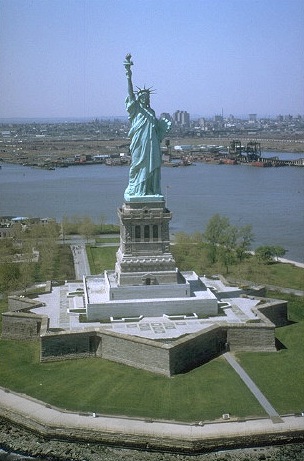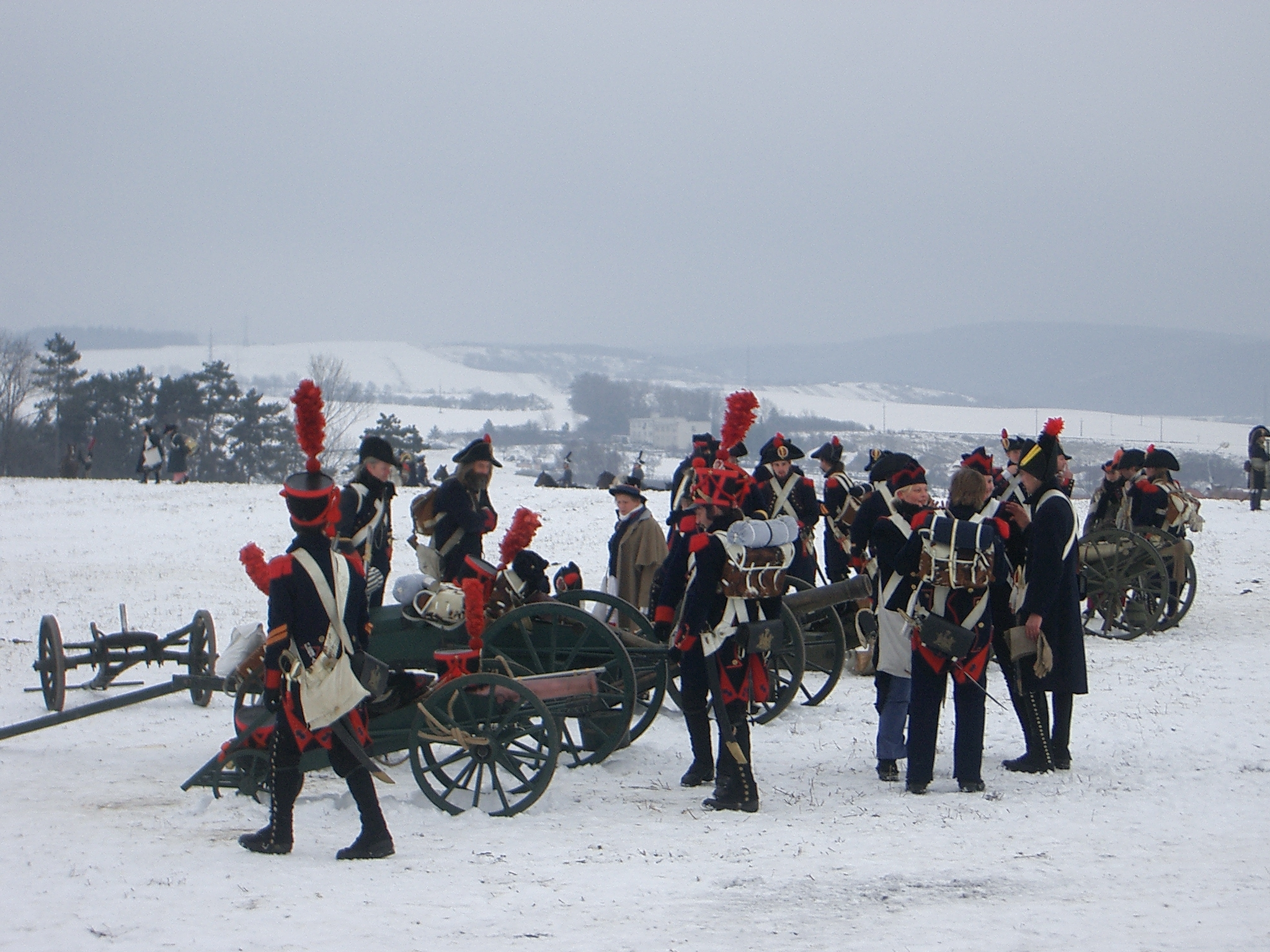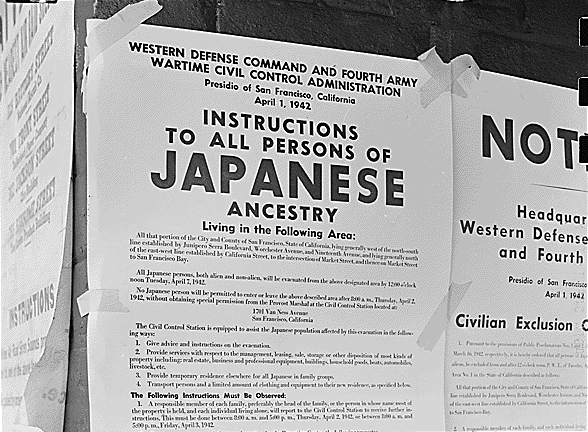|
250th Coast Artillery (United States)
The 250th Coast Artillery Regiment was a Coast Artillery Corps regiment in the California National Guard. It served in Alaska in World War II. History The 250th Coast Artillery was organized in 1924 as a tractor-drawn coast artillery regiment in the California National Guard. In November 1924 part of the regiment was redesignated as elements of the 251st Coast Artillery Regiment (HD). In May 1944 the regiment was converted to three field artillery battalions as part of an Army-wide reorganization. Organized in 1924 by redesignating the 250th Artillery, Coast Artillery Corps, California National Guard as the 250th Coast Artillery (Tractor Drawn) (TD) Regiment. Its main armory was in the Mission District of San Francisco. The regiment was initially armed with 24 155 mm M1918 guns on mobile mounts in six batteries of four guns each, and may have received the 155 mm M1 gun during World War II. On 16 September 1940 the regiment was inducted into federal service at San Francisco, an ... [...More Info...] [...Related Items...] OR: [Wikipedia] [Google] [Baidu] |
Coastal Artillery
Coastal artillery is the branch of the armed forces concerned with operating anti-ship artillery or fixed gun batteries in coastal fortifications. From the Middle Ages until World War II, coastal artillery and naval artillery in the form of cannons were highly important to military affairs and generally represented the areas of highest technology and capital cost among materiel. The advent of 20th-century technologies, especially military aviation, naval aviation, jet aircraft, and guided missiles, reduced the primacy of cannons, battleships, and coastal artillery. In countries where coastal artillery has not been disbanded, these forces have acquired amphibious capabilities. In littoral warfare, mobile coastal artillery armed with surface-to-surface missiles can still be used to deny the use of sea lanes. It was long held as a rule of thumb that one shore-based gun equaled three naval guns of the same caliber, due to the steadiness of the coastal gun which allowed for ... [...More Info...] [...Related Items...] OR: [Wikipedia] [Google] [Baidu] |
Aleutian World War II National Historic Area
The Aleutian World War II National Historic Area is a U.S. National Historic Site on Amaknak Island in the Aleutian Islands, Aleutian Island Chain of Alaska. It offers visitors a glimpse of both natural and cultural history, and traces the historic footprints of the U.S. Army Base, Fort Schwatka, located at the Ulakta Head on Mount Ballyhoo. The fort, 800 miles west of Anchorage, Alaska, Anchorage, the nearest large urban center, was one of four coastal defense posts built to protect Dutch Harbor (crucial back door to the United States) during World War II; Fort Schwatka is also the highest coastal artillery, coastal battery ever constructed in the United States. The other Army coastal defense facilities were Fort Mears, Fort Learnard, and Fort Brumback. Engineers designed the concrete observation posts and command stations to withstand earthquakes and 100 mph winds. Although today, many of the bunkers and wooden structures of Fort Schwatka have collapsed, the gun mounts and lo ... [...More Info...] [...Related Items...] OR: [Wikipedia] [Google] [Baidu] |
Military Units And Formations In Alaska
A military, also known collectively as armed forces, is a heavily armed, highly organized force primarily intended for warfare. It is typically authorized and maintained by a sovereign state, with its members identifiable by their distinct military uniform. It may consist of one or more military branches such as an army, navy, air force, space force, marines, or coast guard. The main task of the military is usually defined as defence of the state and its interests against external armed threats. In broad usage, the terms ''armed forces'' and ''military'' are often treated as synonymous, although in technical usage a distinction is sometimes made in which a country's armed forces may include both its military and other paramilitary forces. There are various forms of irregular military forces, not belonging to a recognized state; though they share many attributes with regular military forces, they are less often referred to as simply ''military''. A nation's military may f ... [...More Info...] [...Related Items...] OR: [Wikipedia] [Google] [Baidu] |
Military Units And Formations In California
A military, also known collectively as armed forces, is a heavily armed, highly organized force primarily intended for warfare. It is typically authorized and maintained by a sovereign state, with its members identifiable by their distinct military uniform. It may consist of one or more military branches such as an army, navy, air force, space force, marines, or coast guard. The main task of the military is usually defined as defence of the state and its interests against external armed threats. In broad usage, the terms ''armed forces'' and ''military'' are often treated as synonymous, although in technical usage a distinction is sometimes made in which a country's armed forces may include both its military and other paramilitary forces. There are various forms of irregular military forces, not belonging to a recognized state; though they share many attributes with regular military forces, they are less often referred to as simply ''military''. A nation's military may f ... [...More Info...] [...Related Items...] OR: [Wikipedia] [Google] [Baidu] |
Coast Artillery Regiments Of The United States Army
The coast, also known as the coastline or seashore, is defined as the area where land meets the ocean, or as a line that forms the boundary between the land and the coastline. The Earth has around of coastline. Coasts are important zones in natural ecosystems, often home to a wide range of biodiversity. On land, they harbor important ecosystems such as freshwater or estuarine wetlands, which are important for bird populations and other terrestrial animals. In wave-protected areas they harbor saltmarshes, mangroves or seagrasses, all of which can provide nursery habitat for finfish, shellfish, and other aquatic species. Rocky shores are usually found along exposed coasts and provide habitat for a wide range of sessile animals (e.g. mussels, starfish, barnacles) and various kinds of seaweeds. Along tropical coasts with clear, nutrient-poor water, coral reefs can often be found between depths of . According to a United Nations atlas, 44% of all people live within 5 km (3.3mi) ... [...More Info...] [...Related Items...] OR: [Wikipedia] [Google] [Baidu] |
Seacoast Defense In The United States
Seacoast defense was a major concern for the United States from its independence until World War II. Before Military aviation, airplanes, many of America's enemies could only reach it from the sea, making coastal forts an economical alternative to Standing army, standing armies or a large navy. After the 1940s, it was recognized that fixed fortifications were obsolete and ineffective against aircraft and missiles. However, in prior eras foreign fleets were a realistic threat, and substantial fortifications were built at key locations, especially protecting major harbors. The defenses heavily depended on fortifications but also included Submarine mines in United States harbor defense, submarine minefields, nets and boom (navigational barrier), booms, ships, and airplanes. Therefore, all of the armed forces participated in seacoast defense, but the United States Army Corps of Engineers, U.S. Army Corps of Engineers played the central role in constructing fixed defenses. Designs evo ... [...More Info...] [...Related Items...] OR: [Wikipedia] [Google] [Baidu] |
1st California Infantry Regiment
The 1st Regiment California Volunteer Infantry was an infantry regiment in the Union Army during the American Civil War. It spent its entire term of service in the western United States. History Most of the 1st California was recruited from August to October 1861, with the exception of Company K, which was organized the following February. Many of its companies were formed from companies of the California Militia taken intact into federal service others from individuals drawn from the militia. James H. Carleton served as colonel, Joseph R. West as lieutenant colonel and Edwin A. Rigg as major. It came under the command of the Department of the Pacific (later it would come under the Department of New Mexico). After some training at Camp Downy near Oakland and Camp Latham near Los Angeles. Companies D, F and G were sent to establish and garrison Camp Wright, in November 1861. Detachments from the camp captured Daniel Showalter's party near Warner's Ranch, November 20–29, ... [...More Info...] [...Related Items...] OR: [Wikipedia] [Google] [Baidu] |
M2 4
M, or m, is the thirteenth letter in the Latin alphabet, used in the modern English alphabet, the alphabets of other western European languages and others worldwide. Its name in English is ''em'' (pronounced ), plural ''ems''. History The letter M is derived from the Phoenician Mem, via the Greek Mu (Μ, μ). Semitic Mem is most likely derived from a " Proto-Sinaitic" (Bronze Age) adoption of the "water" ideogram in Egyptian writing. The Egyptian sign had the acrophonic value , from the Egyptian word for "water", ''nt''; the adoption as the Semitic letter for was presumably also on acrophonic grounds, from the Semitic word for "water", '' *mā(y)-''. Use in writing systems The letter represents the bilabial nasal consonant sound in the orthography of Latin as well as in that of many modern languages, and also in the International Phonetic Alphabet. In English, the Oxford English Dictionary (first edition) says that is sometimes a vowel, in words like ' ... [...More Info...] [...Related Items...] OR: [Wikipedia] [Google] [Baidu] |
8 Inch Howitzer M1
The M115 203 mm howitzer, also known as the M115 8-inch Howitzer, and originally the M1 8-inch Howitzer was a towed heavy howitzer developed and used by the United States Army during World War II, the Korean War, and the Vietnam War. History During World War I, licensed production of the British 8-inch howitzer Mark VI was undertaken by the Midvale Steel and Ordnance Company, located in the Nicetown neighborhood of Philadelphia, Pennsylvania. Both American and British-manufactured weapons were used by the American Expeditionary Force in France. In 1940, the United States still had 475 Mark VII and Mark VIII 1/2 howitzers in storage, but there are no reports of the Mark VI or other marks being used during World War II. The original design of the M1 8-inch howitzer started in 1919, and resulted in the M1920 howitzer, but the program lapsed until resurrected in 1927. The T2 and T3 howitzers were prototypes of a partner piece for a new 155 mm gun. The first publicity pho ... [...More Info...] [...Related Items...] OR: [Wikipedia] [Google] [Baidu] |
Field Artillery
Field artillery is a category of mobile artillery used to support armies in the field. These weapons are specialized for mobility, tactical proficiency, short range, long range, and extremely long range target engagement. Until the early 20th century, field artillery were also known as foot artillery, for while the guns were pulled by beasts of burden (often horses), the gun crews would usually march on foot, thus providing fire support mainly to the infantry. This was in contrast to horse artillery, whose emphasis on speed while supporting cavalry units necessitated lighter guns and crews riding on horseback. Whereas horse artillery has been superseded by self-propelled artillery, field artillery has survived to this day both in name and mission, albeit with motor vehicles towing the guns (this towed artillery arrangement is often called mobile artillery), carrying the crews and transporting the ammunition. Modern artillery has also advanced to rapidly deployable wheeled a ... [...More Info...] [...Related Items...] OR: [Wikipedia] [Google] [Baidu] |
Camp Gruber
Camp Gruber is an Oklahoma Army National Guard (OKARNG) training facility. It covers a total of . The base is named after Brigadier General Edmund L. Gruber, a noted artillery officer and the original composer of the U.S. Field Artillery March, the source for the Army's official song, "The Army Goes Rolling Along". Camp Gruber is located near Braggs, Oklahoma in the Cookson Hills, about southeast of Muskogee, Oklahoma. The Oklahoma Wildlife Department and the OKARNG have in place an agreement that allows limited hunting by civilians on the base. History The outbreak of the Second World War in Europe in September 1939 prompted President Franklin D. Roosevelt to declare a limited national emergency on September 8 and step up military preparedness efforts. By June 1940 Congressional measures had augmented the federal budget for construction of arms and munitions plants, coastal defenses, and military training camps and expansion of existing bases. In 1939 the nation's armed forces ... [...More Info...] [...Related Items...] OR: [Wikipedia] [Google] [Baidu] |
Western Defense Command
Western Defense Command (WDC) was established on 17 March 1941 as the command formation of the United States Army responsible for coordinating the defense of the Pacific Coast region of the United States during World War II. A second major responsibility was the training of soldiers prior to their deployment overseas. The first Commanding General of WDC was Lieutenant General John L. DeWitt, who continued on in command of the Fourth U.S. Army. WDC headquarters were co-located at the existing Fourth Army headquarters at the Presidio of San Francisco. WDC's operational region covered the states of Washington, Oregon, California, Idaho, Montana, Nevada, Utah, and Arizona, and the Territory of Alaska. However, until 11 December 1941, the command was little more than a planning agency. On that date the Army coast defense, antiaircraft, and fighter assets on the West Coast were placed under the command, which until 20 March 1942 was known as the Western Theater of Operations, then re ... [...More Info...] [...Related Items...] OR: [Wikipedia] [Google] [Baidu] |






